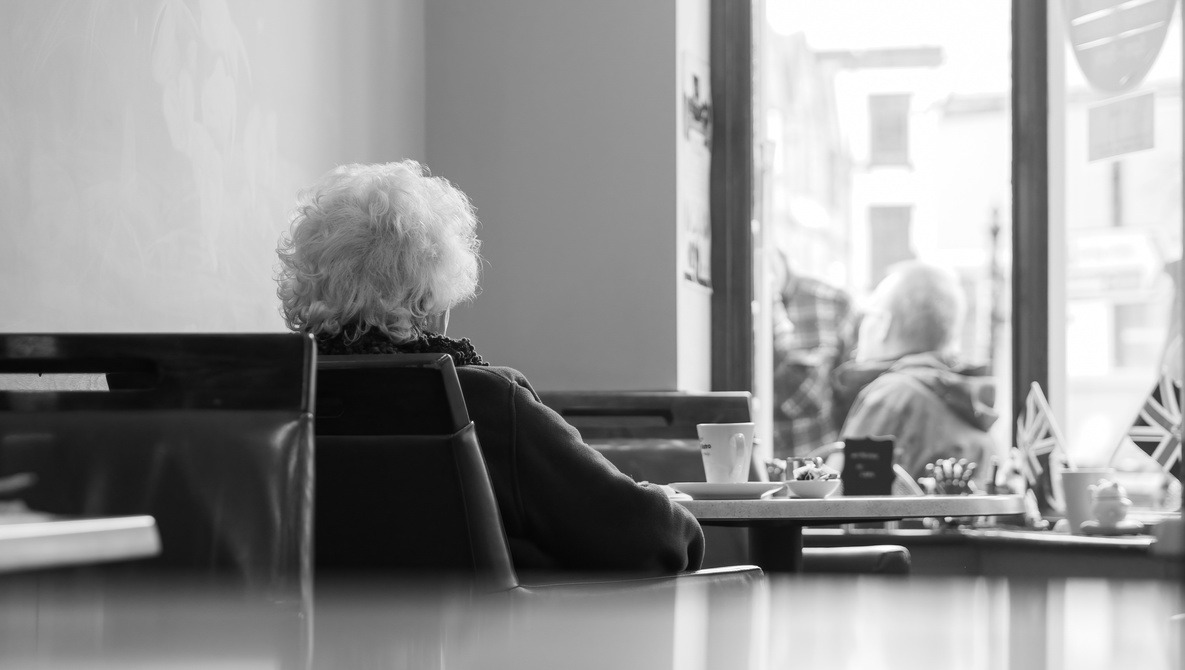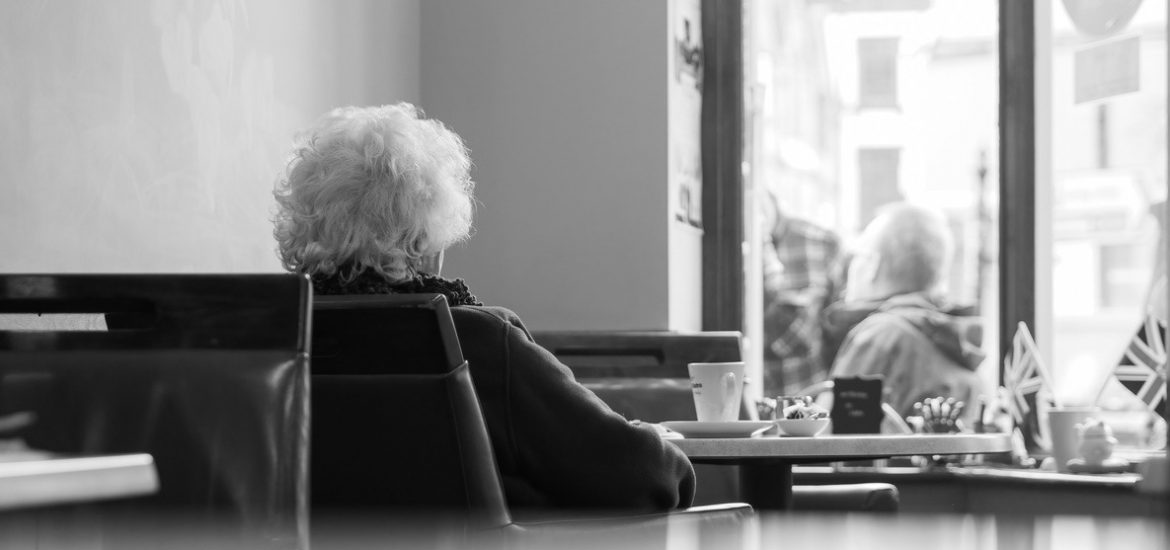
Besides focus, exposure, and composition, there are three other interlinking elements that we need to consider when taking photos. Sometimes, we overlook one of these, concentrating, maybe too much, on the other two.
The Power of Three
Have you noticed how so many things in photography come in threes: aperture, shutter, and ISO for exposure; weight, stability, and price, the compromises for choosing tripods; aperture, subject proximity, and focal length when we look at depth of field? We often divide our compositions into thirds, three objects in a frame can make an image compelling, and we sometimes display our images as triptychs.
However, there is another trio that we often consider subconsciously but would do well to pay more attention to: the subject, the audience, and the photographer.
They can vary in importance, depending upon the purpose of the photograph. Can being aware of each of these priorities help improve our photography? I believe it can.
The Subject
In any art form, be it music, painting, dance, sculpture, or photography, we are creating representations of reality. We, therefore, have a responsibility to do that with consideration for the subject. If we ignore that, we do so at our peril.
For example, if you photograph a model, then they will expect that your photograph will cohere with their public image. They have a reputation that they may well have spent a lot of time and money building, and they want you to uphold that. A badly composed shot with unflattering lighting, uncomfortable poses, or unattractive facial expressions won’t leave that model, or others they talk with, wanting to collaborate with you again.
Those considerations go further than studio photography. If we are shooting street photography, we must be mindful of what the people in the photo are doing. A photograph is a fleeting moment that doesn’t tell a whole story, it can be misinterpreted. You might capture your subject accidentally dropping litter but miss them picking it up again. Perhaps they may be asking a police officer for directions, but your photo could be misunderstood as them being arrested. A friendly smile between strangers or a hug by friends might be misconstrued as something more intimate.
Newspapers, of course, take advantage and abuse this. Shortly before the last General Election here in the UK, one news media outlet was exposed for doctoring photos of a politician supposedly being disrespectful at an Armistice Remembrance service. The uncropped images told a very different story from what had happened. This mistreatment of the subject is nothing new, and it happens anywhere on the political spectrum. In 2005, a photo of Condoleezza Rice was doctored to make her eyes look evil.
That consideration of the subject doesn’t stop with people. Photographers know that their images can help raise awareness of the subject; delicate landscapes are usually shot to appear beautifully attractive, minuscule creatures are enlarged to show off their amazing features, and bird photography reveals remarkable behaviors. However, we don’t always shoot images to show the subject positively. Photographs of murderers and rapists are rarely flattering. Landscapes ruined by human destruction and the horrors of war are usually shot to emphasize their ugliness.
The Photographer
I always tell my workshop clients that if they like the photograph they have shot, that is all that matters. If someone else likes it, well, then that’s a bonus.
Photography is art. So, putting commercial photography aside, we are fulfilling our personal creative needs. It’s a joyous, frustrating, and never-ending process of improving. But, when we are concentrating on getting the shot, it’s a mindful process where we enter a state of “flow” and exclude all thoughts other than capturing the image. That’s one of the reasons why photography is so good for improving mental health: it distracts us from negative thoughts.
There are images I shoot that I know won’t have a wide appeal, and that doesn’t bother me. I take them purely for my own creative needs. Yet, I am constantly frustrated by my results, knowing I can do better. Perhaps then, I should say that if I like it, it is a bonus.
Good photographic artists develop their style. However, that style will evolve and change over time. Discovering that style is one of the biggest challenges photographers face. We should regularly consider what, who, or how we are photographing, and whether it coheres with the rest of our body of work. If we are going to move away from our usual approach, then we must contemplate how we do that. For example, if you shoot exclusively in color but want to try black and white, then doing that as a standalone project would probably work much better than throwing an occasional monochrome shot into your portfolio. Similarly, if your subjects are always beautifully wrinkled, craggy-faced old folk, then you would need to work out the best way for you to diversify into photographing babies.
The Audience
This is the factor we have the least control over. All creators know that those who look at our work are a mixed bag. It doesn’t matter whether it is composing music, writing articles like this, painting pictures, or shooting photographs, there will be those who like our work and those who don’t. Most problematic are those critics who don’t understand what the work is about because they don’t have the mental capacity. Of course, some cantankerous misanthropes will object to anything you create because it is their sad nature.
Additionally, the meaning that an intelligent viewer attributes to a photograph or any creative work may not be the same as the artist intended, and that’s a good thing.
Like others who earn a living from photography, I shoot images aimed at specific audiences, usually those who commission me. The needs of one client will be quite different from those of another, even when shooting similar subjects. Consequently, I need to adapt my style to fit that client.
Then, there are those images I produce solely to attract clients to my workshops and courses. I take photos to make them say, “I want to learn to shoot images like that.”
But the audience is much wider than my potential clients. I display my photos in different ways and on different platforms so others can enjoy and interact with them. That is what most non-professional photographers do. It’s not about earning money; it’s about sharing art with an audience, hoping they will get satisfaction or enjoyment from that.
I also photograph for myself. I am my audience. However, I know that those I shoot for my gratification are not going to have a wider appeal. If I publish them, then fewer people will appreciate the meaning behind those images. For the same reason that low-brow TV programs get the highest viewing figures, photos that don’t say much more than “this is pretty,” get more interactions than those that need greater thought and analysis.
Who do you shoot for? Are you fulfilling your own creative need, winning over an audience, or trying to help your subject in some way? Have you had critics who missed the point of your photos? It would be interesting to hear about those and the reasons why you pick up your camera.
